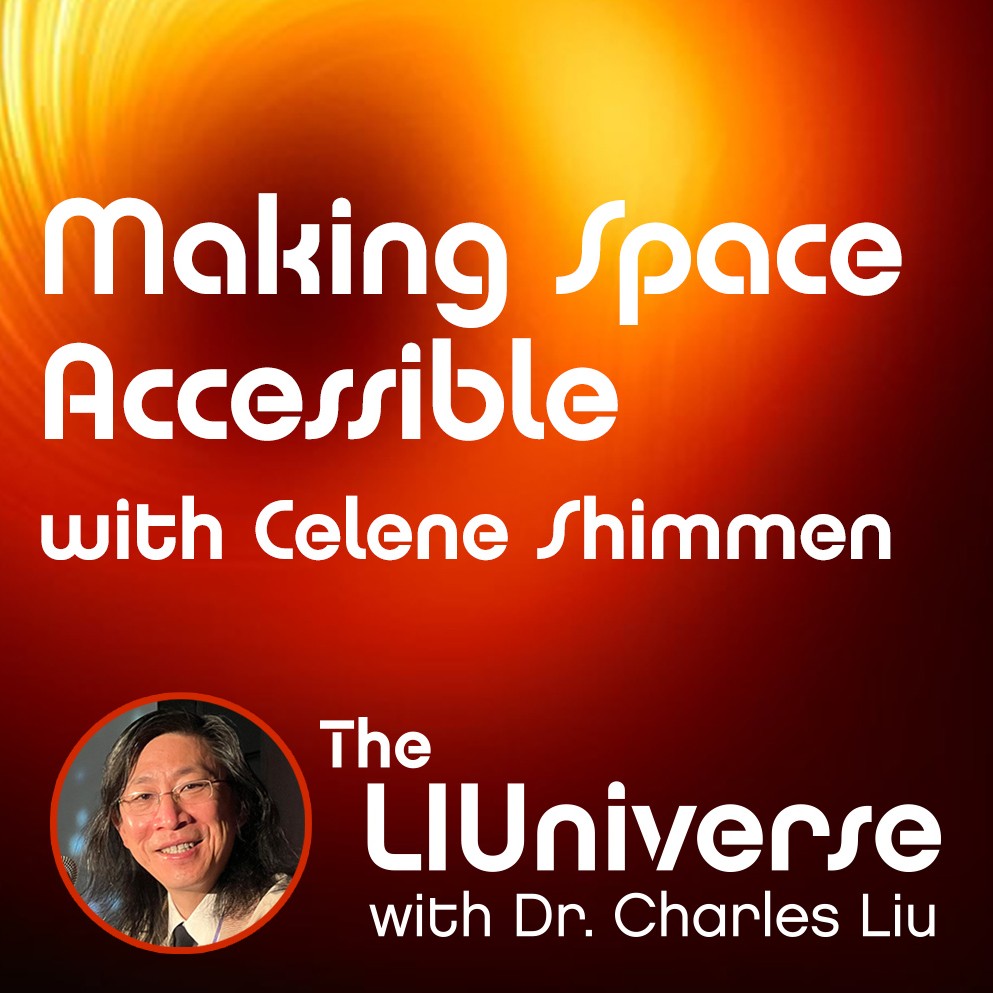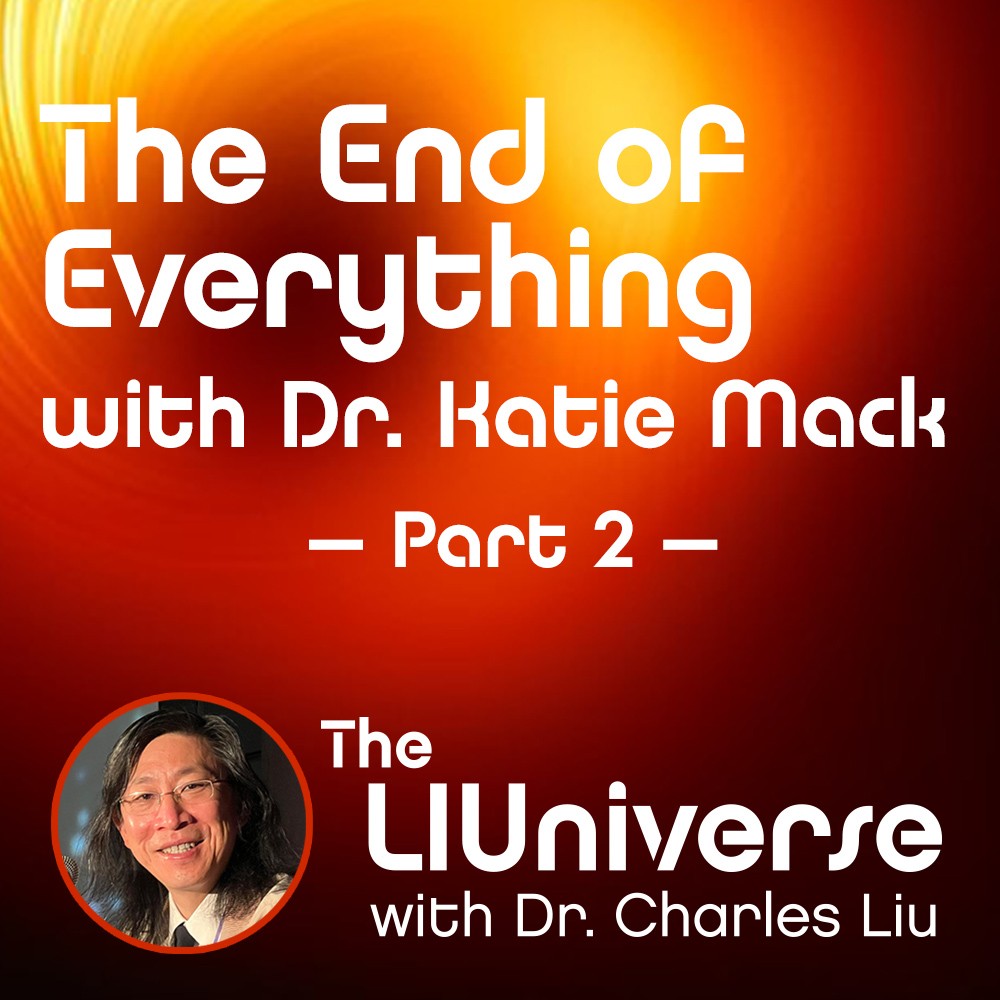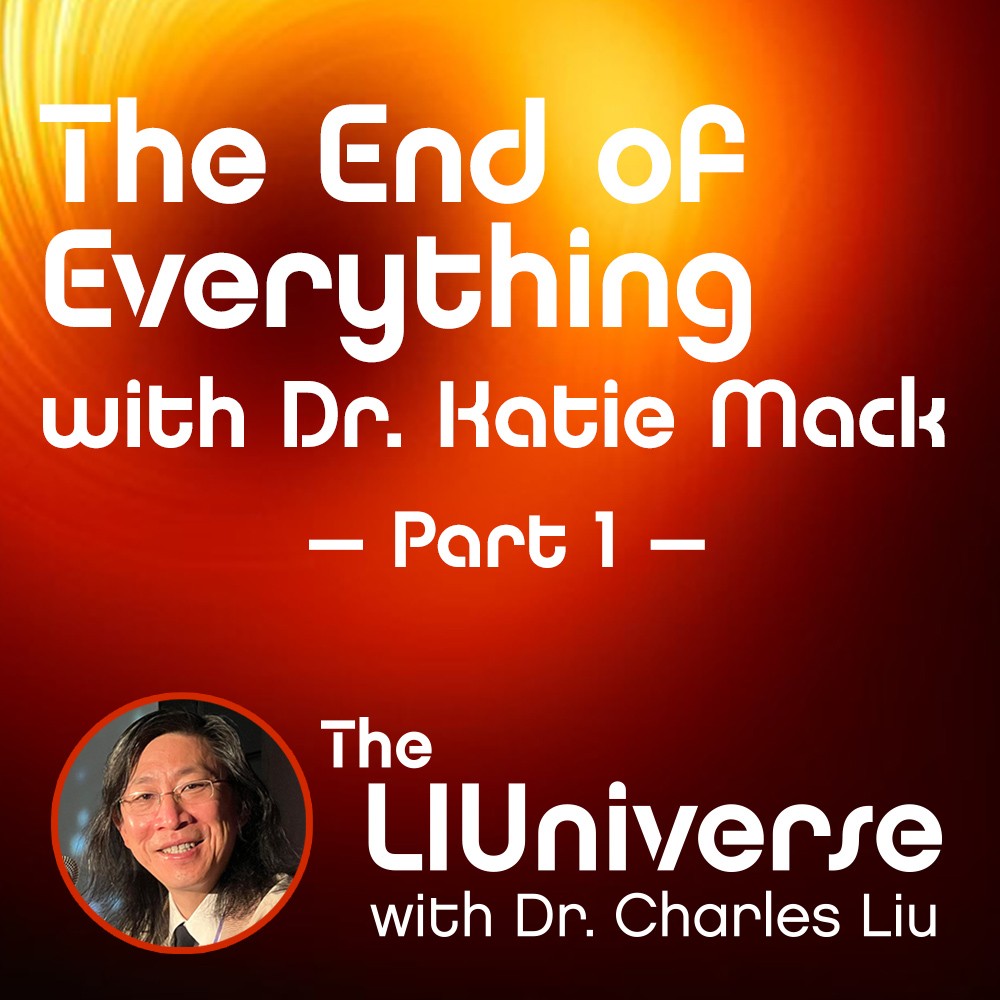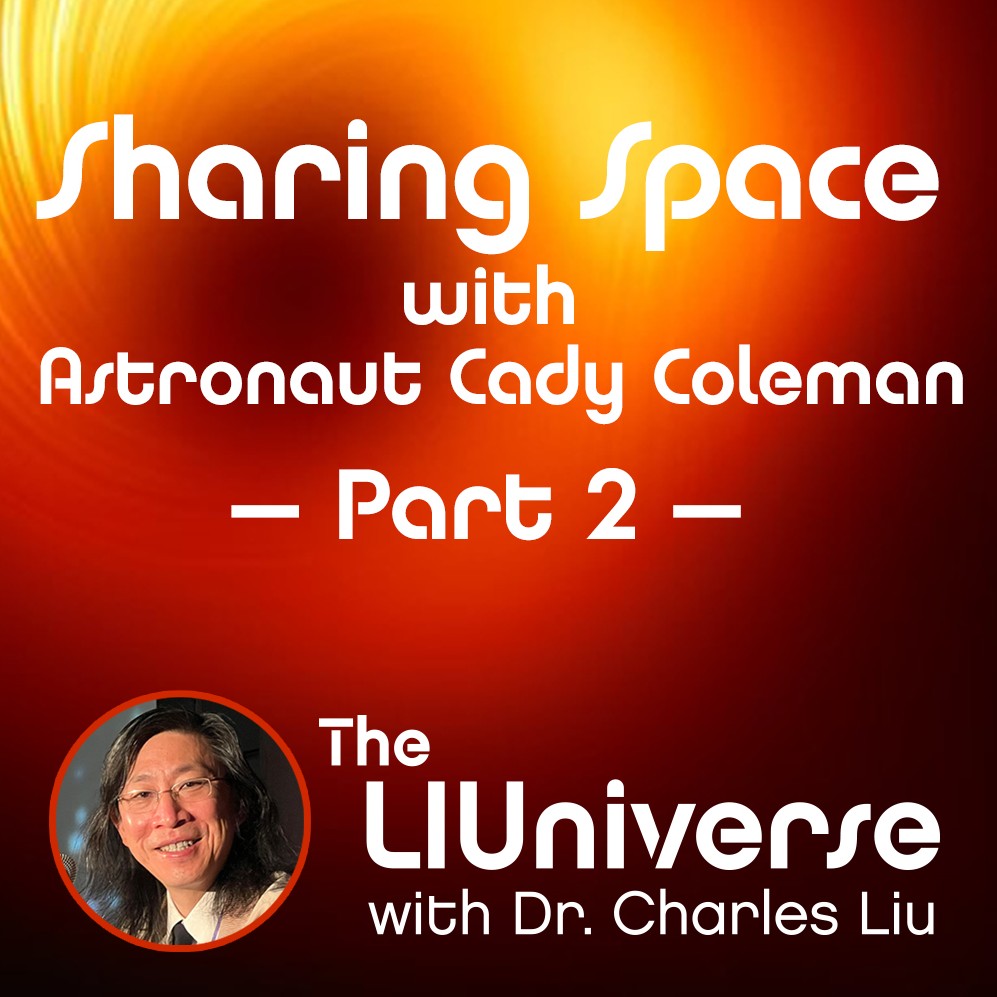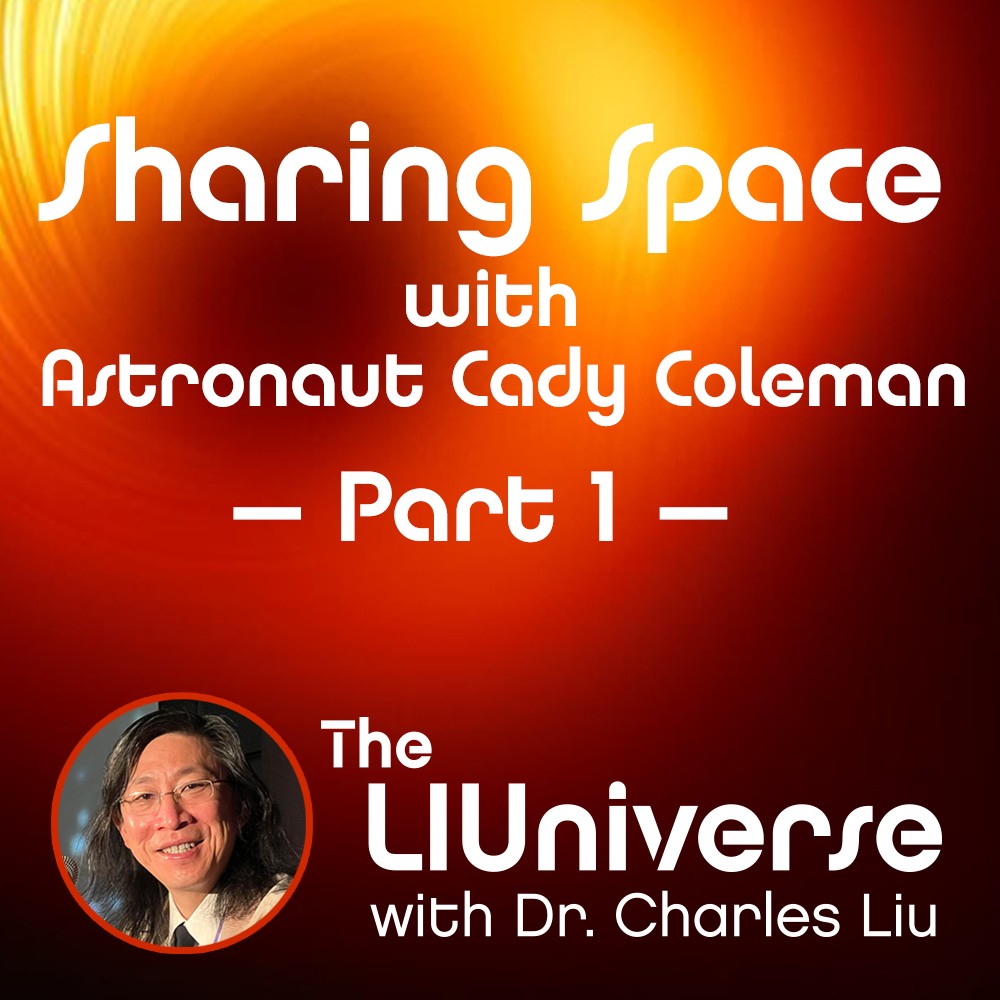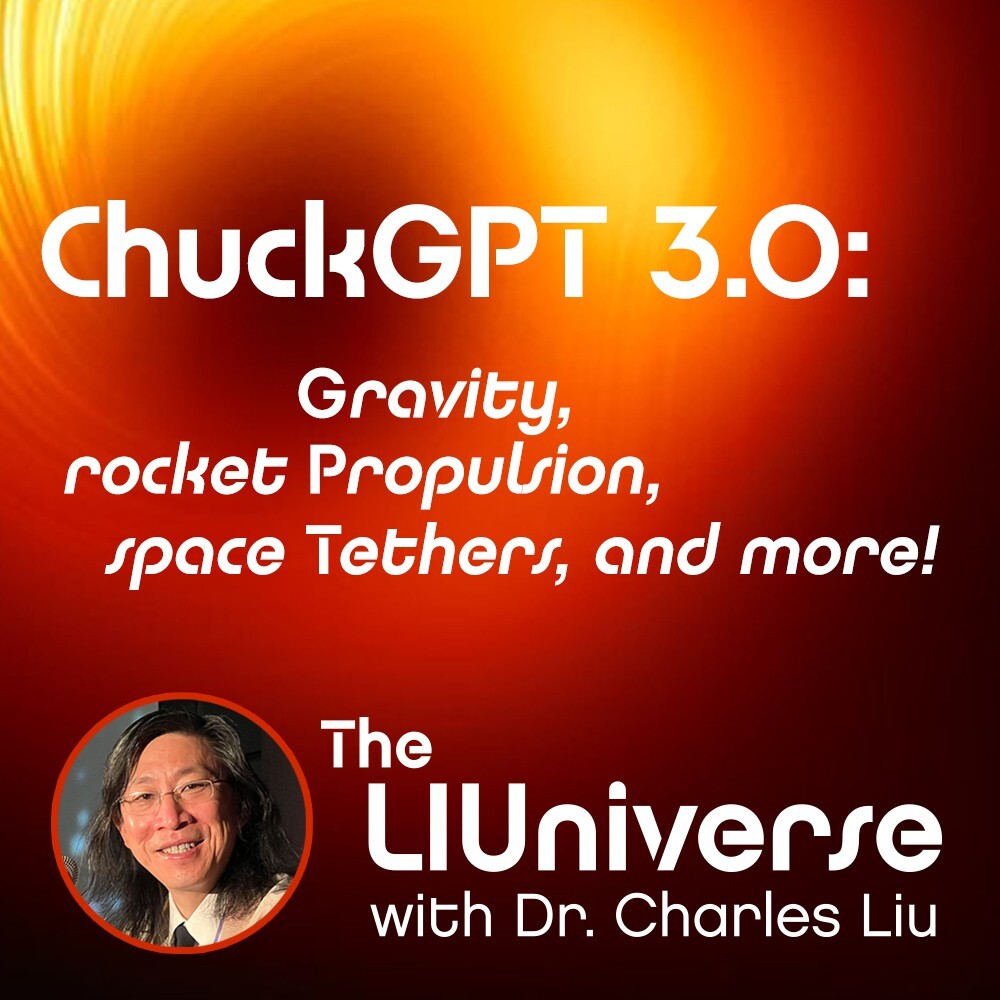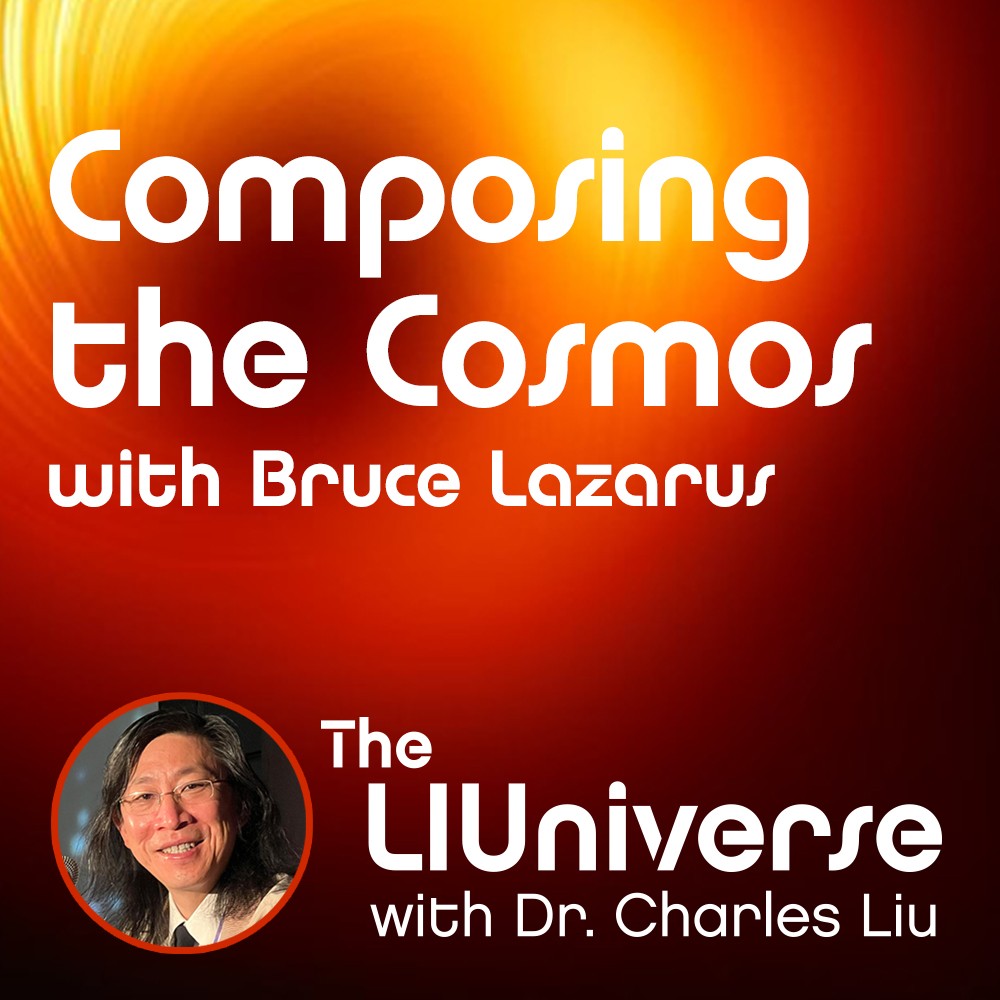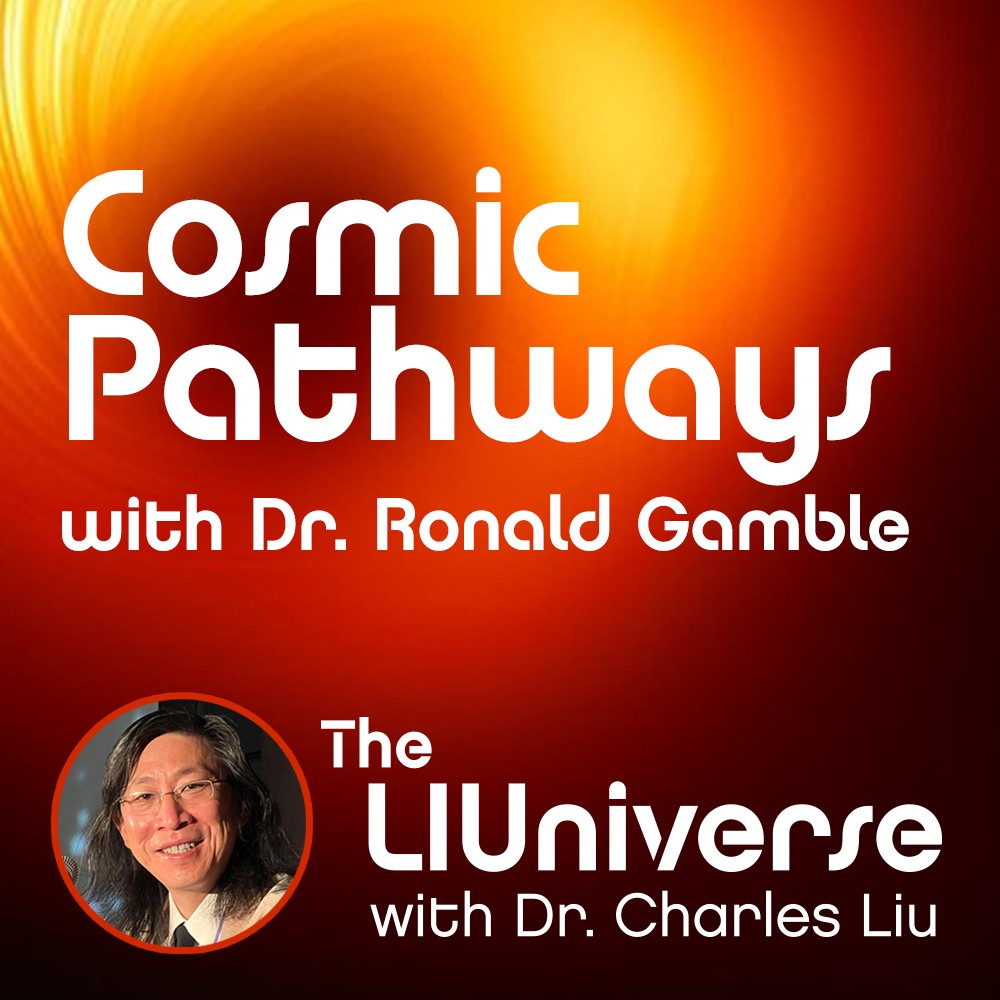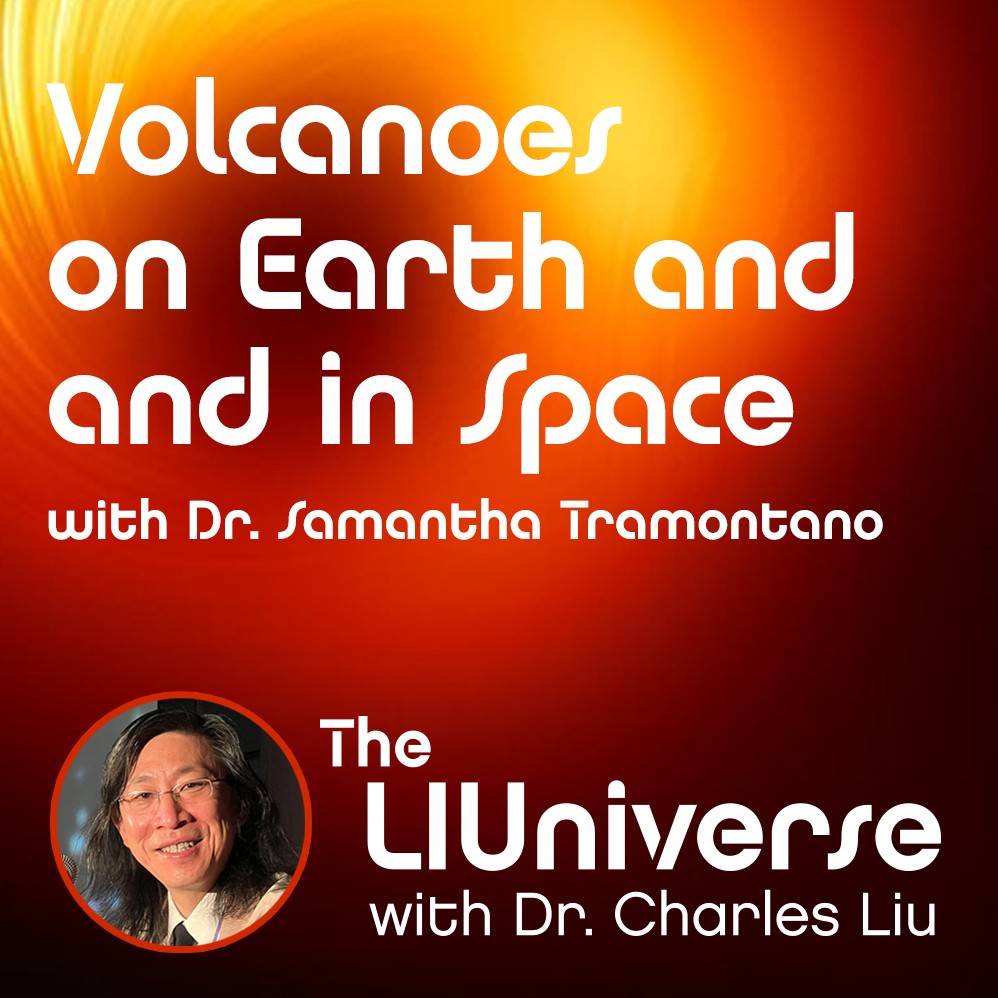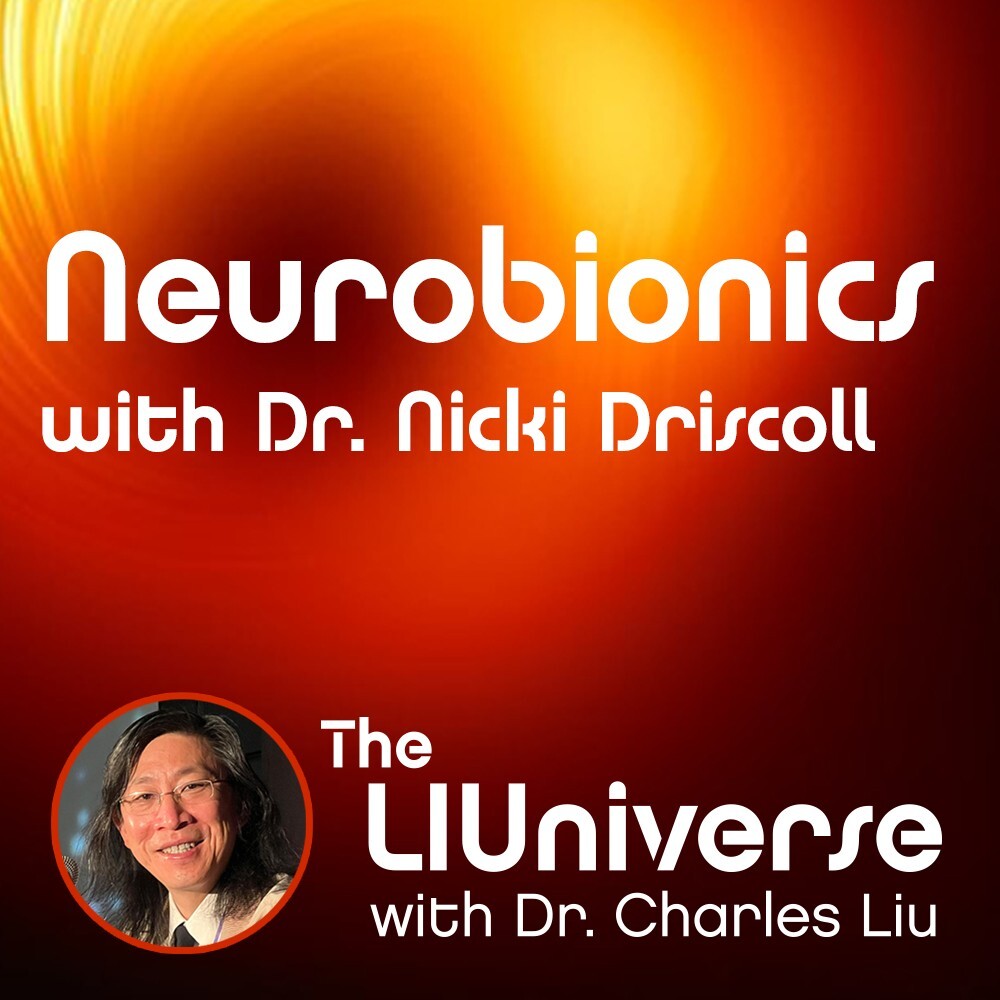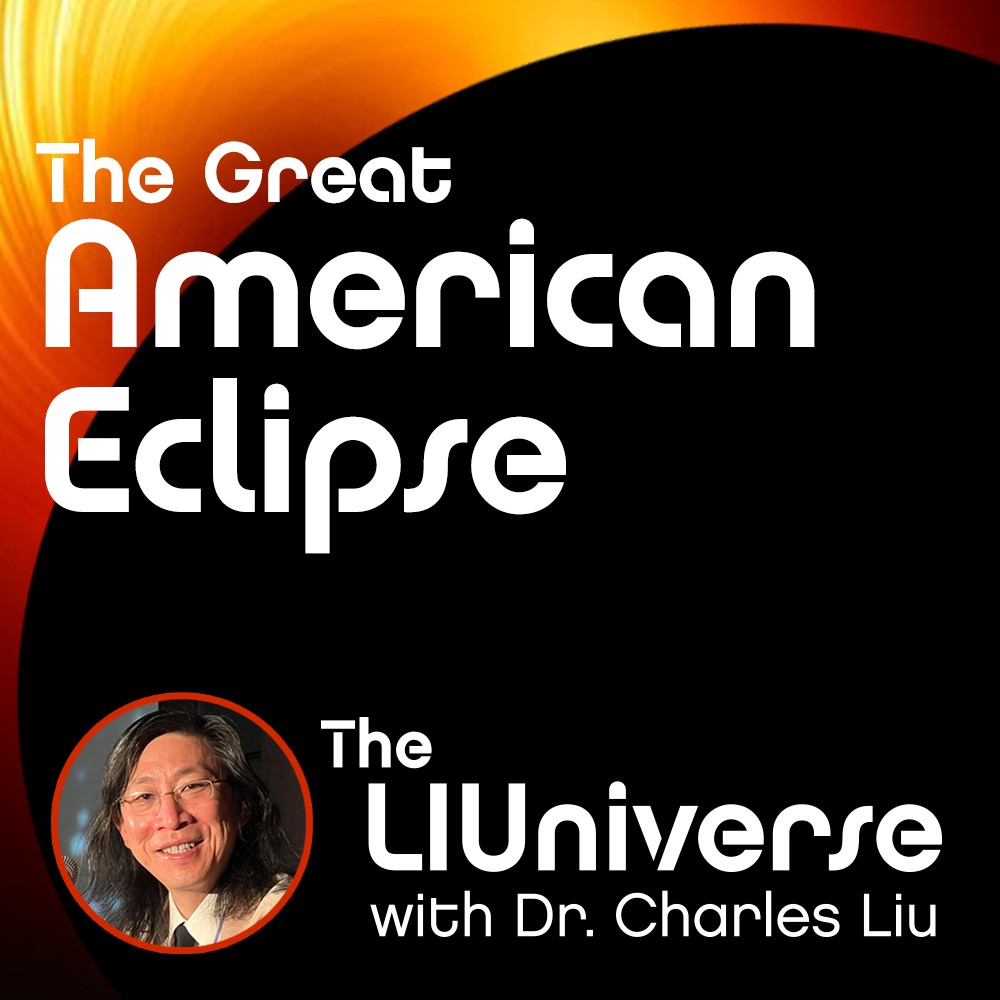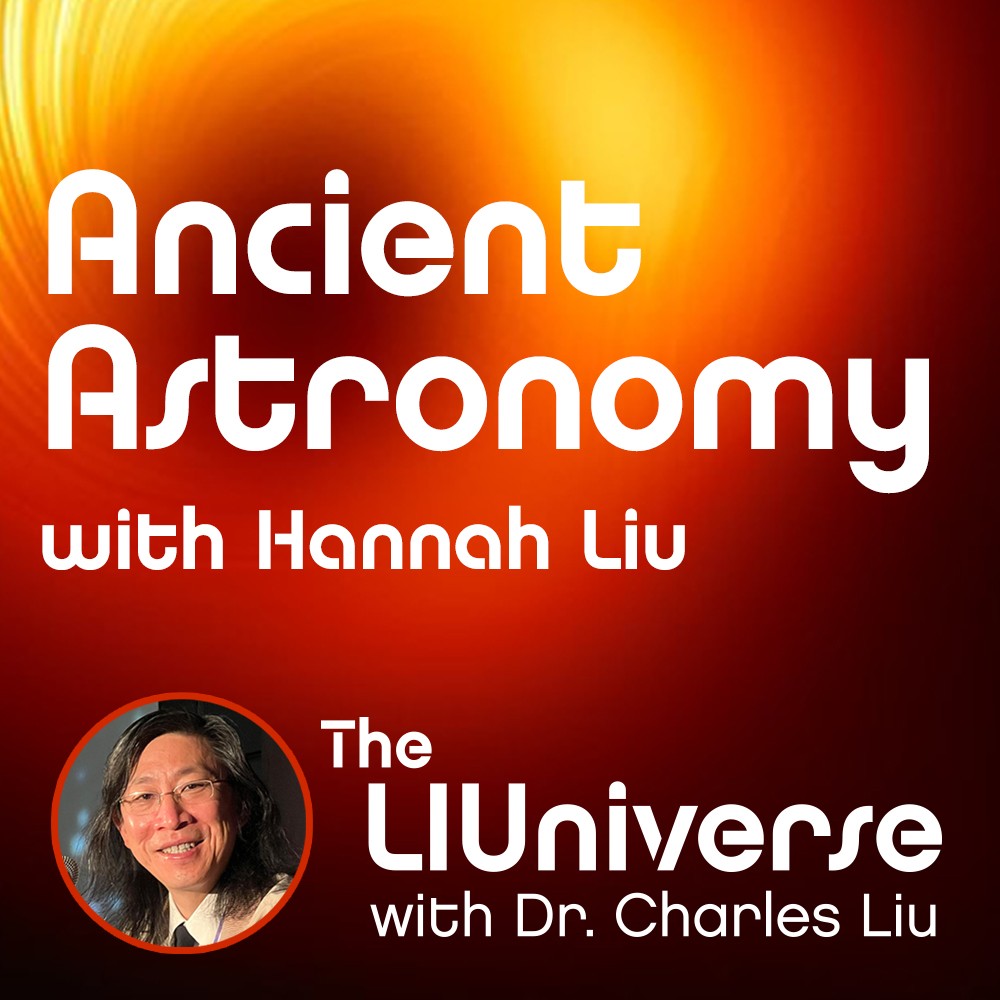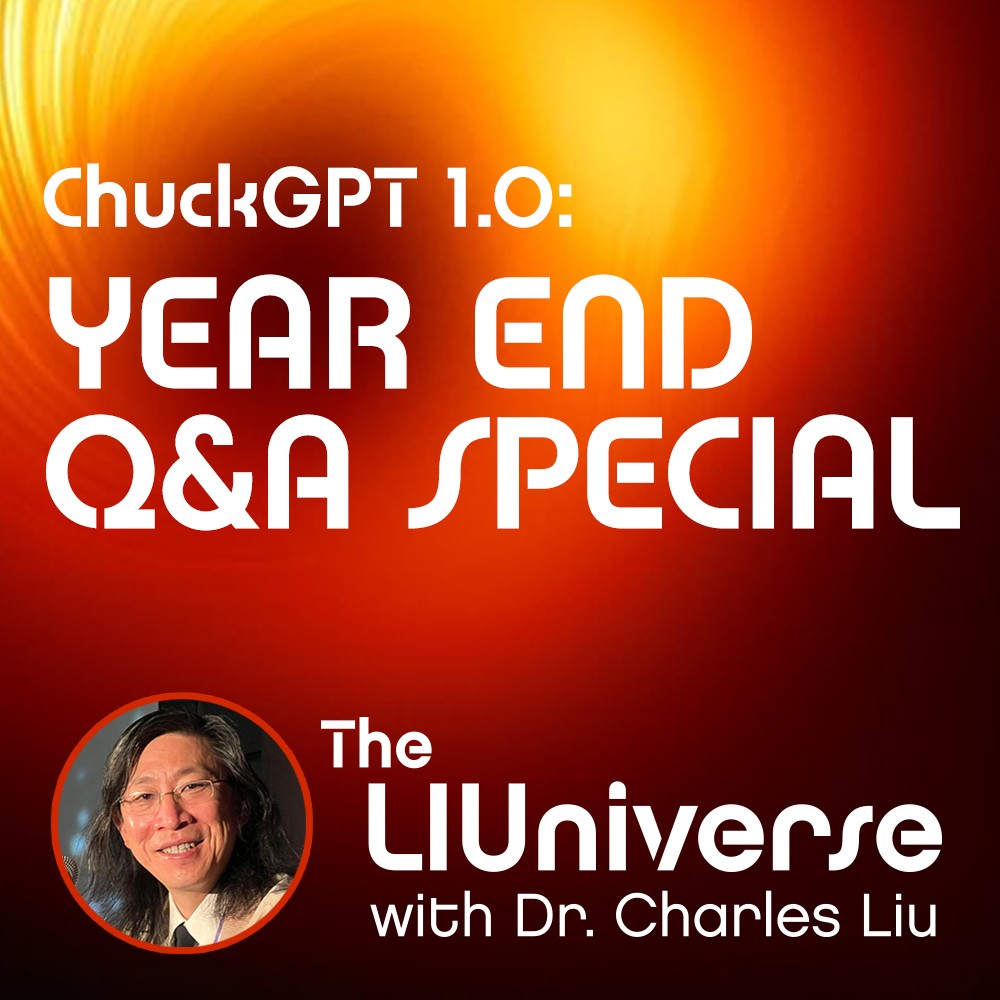Making Space Accessible with Celene Shimmen
Description
How do you go from a small town in Colorado to being a scientist-astronaut candidate in Australia? And how can you make space accessible for disabled astronauts? To find out, Dr. Charles Liu and co-host Allen Liu welcome scientist-astronaut candidate Celene Shimmen.
As always, though, we start off with the day’s joyfully cool cosmic thing, the new study using the James Webb Space Telescope that disproves the detection of tryptophan, a complex amino acid, in the interstellar cloud IC 348. Or, as Chuck jokes, no sleepy turkeys in space.
Then we get to meet Celene Shimmen, who is a scientist-astronaut candidate in Australia. She’s a physical therapy student who is already putting her research to work in the space industry.
Celene describes how she recently designed and implemented the Lower Extremity Motor Coordination Test in Microgravity for AstroAccess, a project she works with dedicated to promoting disability inclusion in human space exploration by paving the way for disabled astronauts. (You may remember Cady Coleman talking about working with AstroAccess in our recent episode, Sharing Space with Astronaut Cady Coleman, Part 1.
You’ll hear about Celene’s acceptance into the scientist-astronaut training program for suborbital missions with the International Institute of Astronautical Sciences, beginning in 2023. She tells us about her upcoming parabolic flight where she’ll be the principal investigator testing balance differences after acute exposure to weightlessness. Chuck asks whether the “Vomit Comet” is aptly named – Celene explains that she’ll have to let us know, since her upcoming flight will have 16 periods of microgravity.
Our first question comes from Anne, who asks, “What are some psychological or physical traits that make for a good astronaut?” Celene highlights the importance of training for strength, endurance, balance, and cardiovascular fitness, especially for upcoming, long-term missions on the moon. It turns out that while the moon has lower gravity, the encumbrance of spacesuits requires greater strength and endurance. Allen explains that lesser gravity doesn’t mitigate some aspects of force and inertia that also require physical strength.
Celene describes the psychological aspects of being an astronaut, and the need for mental resilience to cope with isolation and stressful situations, as well as problem solving skills and the ability to work as part of a team.
You’ll also find out about Celene’s journey from growing up in a single-wide trailer in a town of 1000 residents in Colorado to studying hospitality in the Disney College Program in Florida, where she met her Australian husband. After watching “First Man”, the movie about Neil Armstrong, Celene decided she wanted to get into the space program. She applied to and was accepted by the Melbourne Space Program, working on a nano-satellite program. She also helped a humanoid robot take its first step, which inspired her to get involved with physiotherapy and the human body in space.
Our next question is from “anonymous”: What part of the human body is most vulnerable in space? Celene explains that extended exposure to microgravity leads to muscle atrophy and bone density loss, which is still a big issue even with ongoing exercise. Even just a 14-day stay in space leaves returning astronauts with muscle weakness.
Finally, we hear about Celene’s desire to be deployed to the moon, should the opportunity arise. Upcoming lunar missions to the moon will likely last about 30 days each, including 7 days of activity on the lunar surface.
If you’d like to reach out to Celene and chat, you can follow her on Instagram @spaceptcelene and on LinkedIn and Facebook as Celene Shimmen.
You can also find out more about AstroAccess here.
We hope you enjoy this episode of The LIUniverse, and, if you do, please support us on Patreon.
Credits for Images Used in this Episode:
– JWST image of IC 348, a star cluster wreathed in dusty gas. – NASA, ESA, CSA, STScI, Kevin Luhman (PSU), Catarina Alves de Oliveira (ESA)
– The different gravity phases during a parabolic flight. – ESA
– 2013 parabolic flight for astronaut trainees on a NASA C-9 aircraft – NASA
– Astronaut Jim Irwin at the Apollo 15 mission’s Hadley-Apennine lunar landing site. – NASA
– Humanoid Robot developed by students in the Melbourne Space Program – University of Melbourne, Australia
– Participants in NASA’s 30-day bed rest study must maintain a six-degree head-down tilt at all times. – NASA
– Concept animation of NASA Artemis astronauts exploring the lunar South Pole. – NASA
#TheLIUniverse #CharlesLiu #AllenLiu #SciencePodcast #AstronomyPodcast #CeleneShimmen #CeleneMerazBenavente #microgravity #weightlessness #AstroAccess #JamesWebbSpaceTelescope #tryptophan #IC348 #spaceexploration #VomitComet #gravity #astronaut #astronauttraining #MelbourneSpaceProgram #physiotherapy #physicaltherapy #muscleatrophy #bonedensityloss #lunarmission #InternationalInstituteofAstronauticalSciences

